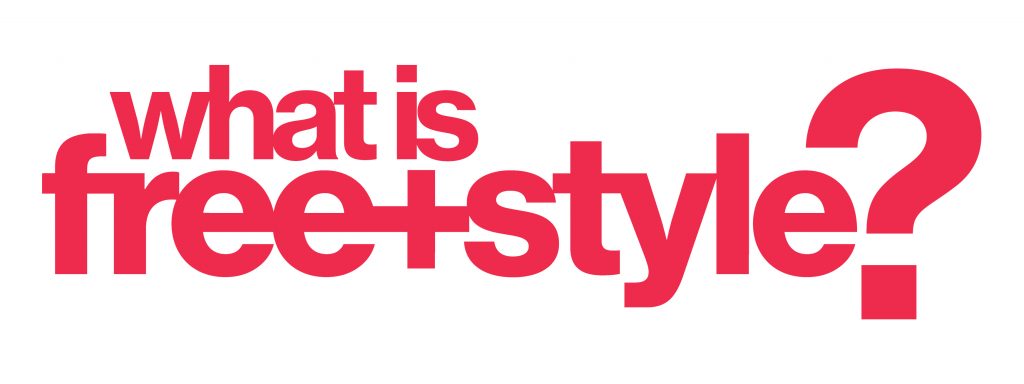The limited access to gyms and spaces dedicated to physical practice has created a spike in the demand for online training. I have personally felt this spike in my inbox with questions around what programs to choose and where to start.
Since I retired from gymnastics and transitioned into action sports, it has become clear to me that choosing a physical practice starts with:
- Exploring practices that are fun yet challenging at a physical, intellectual and emotional level.
- Understanding that one’s progress within a chosen practice is directly proportional to one’s ability to see the relationship between all different practices and aspects of a chosen practice.
- Knowing their is no perfect practice, to be willing to choose a practice with the intention of developing a deliberate and deep relationship with one’s practice rather than solely seeking results.
Although I would be happy to tell people what practice to choose and I feel confident they would achieve results, I believe that helping people make their own choices is of greater service. This is the main reason why through Freestyle and my teachings around movement, I committed to helping people understand where methods and practices come from and how to navigate our relationship with a practice through developing a lifestyle. The way that I continue to pursue this initiative is through:
- I teaching movement seminars dedicated to helping people learn how to perform, progress and transfer specific movement patterns such as handstand push ups, pistols, muscle ups, and burpees into CrossFit.
- Teaching a framework that I call Position-Movement-Purpose to help explain the philosophy of Freestyle and it’s practical application as a language. The language of human movement.
All of this can be read in my book Freestyle, but I decided to make it more accessible to people by uploading a recording of the introduction lecture I give at all my seminars which is: What is Freestyle?
This lecture is a 1 hour lecture around PART 1 of my book, which is dedicated to understanding the language of movement, basic biomechanics, and how one can think and go beyond your physical practice.
